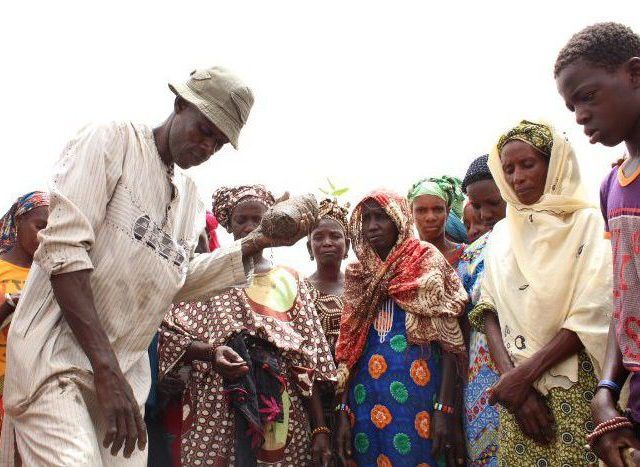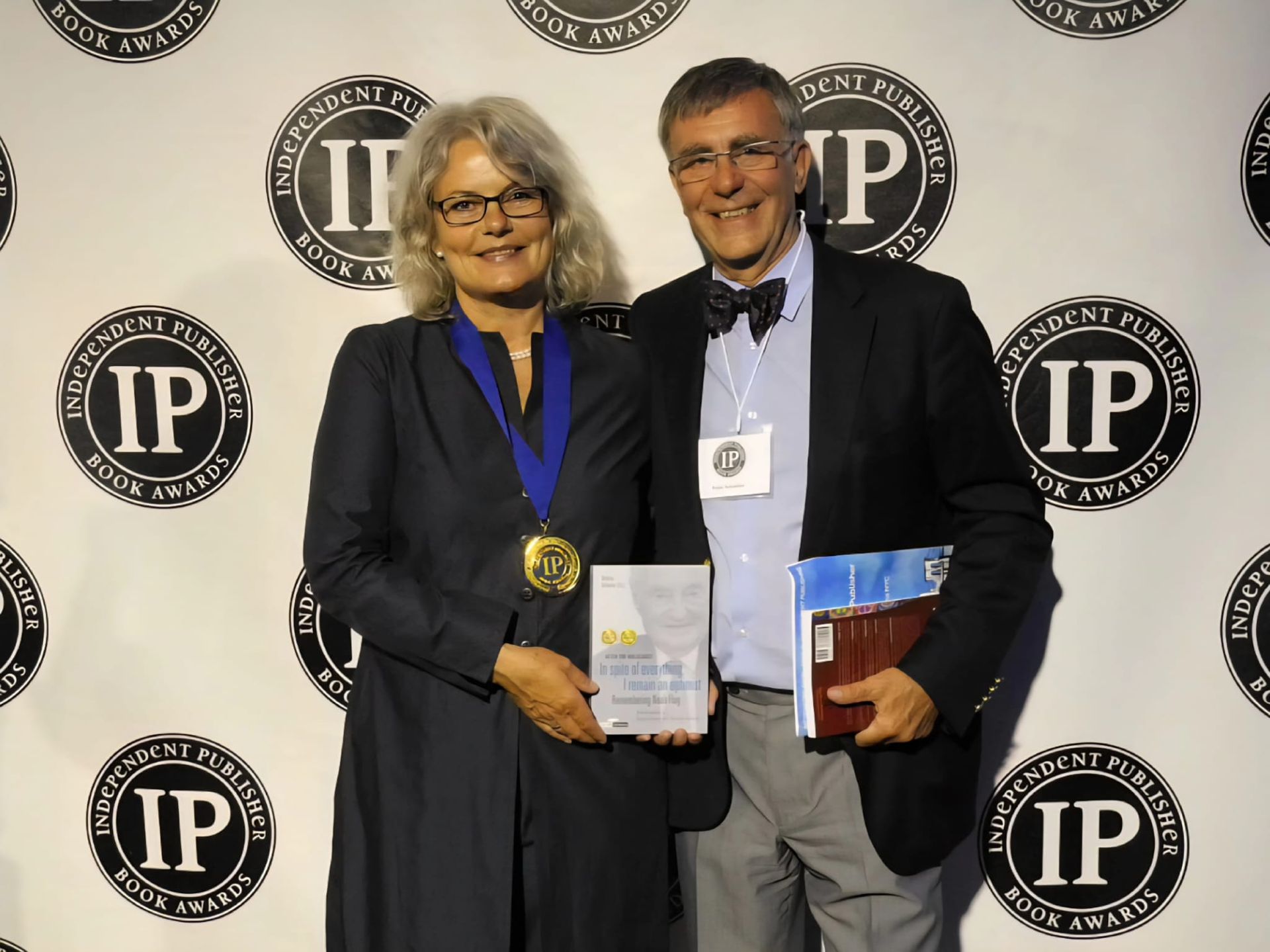“Energy to remain”: Green Cross Italy changes the future of rural communities in Senegal
GCI Office • November 30, 2017
“Energy to remain”: Green Cross Italy changes the future of rural communities in Senegal

Aisha has two children, which she has to raise by herself since her husband has emigrated and there has been no further news of him. She is now able to feed her children and sell the remaining food at the market, thanks to the new crop rotation practices introduced by Green Cross Italy. Amina can now send her children to school; solar panels installed in her field provide energy for water pumps, which means there’s no need for Dianaba and Lamine to collect water for irrigation.
Green Cross Italy created a starting point for the development of five villages in Senegal (over 22,000 people), by announcing the conclusion of the “Energia per restare” (Energy to remain) project. In a country where the strong potential for agricultural development is hindered by desertification, lack of crop diversification, the use of old and heavily polluting machinery, as well as high energy costs, around 2000 beneficiaries of the project can look to the future with greater serenity thanks to the strengthening of social resilience and increased agricultural productivity.
This project was financed by the Italian Agency for Development Cooperations (AICS) and carried out in partnership with Enea, Fafd and Cultivert. Water pump systems, powered by solar panels, have been installed in the villages. Green Cross Italy has also provided seeds for cultivating 37 hectares of land. New agricultural techniques based on crop rotation have also been experimented with, while market strategies have been elaborated to reinforce crop sales.
The Matam Region has one of the highest migration rates in all of Senegal. It is the men, above all, who emigrate. Green Cross Italy’s field operators planned the interventions to be carried out with the women and young people who have decided to remain. All the benefitting families in the five villages involved have had direct experience with migration. By involving the local communities of these villages; Ballel Pathé, Sinthiou Diam Dior, Koundel, Sadel, and Woudourou, Green Cross Italy aimed to reinforce resilience and create further prospects for employment and well-being.
The real protagonists of this small revolution are the women; many of them have been left alone, without their husbands, sons, and brothers, who have emigrated to other African countries or beyond the continent.
“We try to set in motion the energies of these women who wish to continue to live and work in their homeland” says Elena Seina, coordinator of Green Cross Italy’s African projects. “The women form the soul of these villages. Improving their condition, we contribute to give this country a future and to create better opportunities for their children. With “Energy to remain” we planted a seed that can open up alternatives to the roads of clandestine migration.”

One of Europe's biggest freshwater lakes. VÄTTERN BELOW THE SURFACE (Documentary 2020) Lake Vättern Below the Surface This documentary brings forth new perspective of Swedish water management. This film is an example of how water management can be risking human health and water quality, not only in Sweden but in countries worldwide. The problem is most of the countries in the western world does not have a functioning water management, nor do they have field personnel or fully employed environmental diving inspectors checking the ecosystem below the surface. Eurofins, a major company in Europe testing for different toxins and substances, can today only provide data on approximately 300 substances. From a average sewer plant there can be an outlet of some 10 000 to a 100 000 chemicals. We cannot see chemicals, but we can see the effects when we dive. What we see are dead ecosystems at the bottom of lakes with algal blooms containing toxic cyanobacteria as a result of chemical discharge. These cyanotoxins are today linked with human diseases such as ALS, Alzheimer's and Parkinson, to name a few. The problem is we don't really know how many toxins there are in our drinking water, or in the food we eat. The film Lake Vättern Below the Surface documents this issue. The international community must begin to reevaluate how we are going to solve this problem. After you view this film some things to consider and discuss are the following topics below. These challenges we now see can easily be solved in a first stage. What is needed is to assess the level of toxic discharge there is in national water systems. We need to begin by digitizing all outlets and create an overview map of the difference in toxins found in the water systems. Then an overall plan can be tailormade made for the infrastructure in country and for the local communities. A common sense example is that placing heavy industrial complexes upstream freshwater lakes which are utilized for drinking water is not a good idea. Sweden has already solved the first stage and created a database showing the direction all water flow in the country, meaning the surface water and most of the groundwater. If a lorry with toxic cargo tips over we can follow the contamination downstream in the database and see how it affects the water system. What the country of Swedish has not realized is that we have laid the foundation for a much bigger database. Within this system we have the possibility to register the toxic discharge that is currently approved by the government. We can for example register into the database the estimated 6,000 covered dumping sites currently leaking toxic wastewater, as well as our thousands of sewer plants, industrial outlets, and the dumping locations of munition materials by Armed Forces. This can be done to provide an overview to assess the impact of the chemical outlets to our water systems. The governments have the necessary data to make this happen. This can be an effective tool to control and stop to sensitive ecosystems and keep our citizens and future generations safe. The next two steps involve diving and field personnel to survey the water systems and assess the state of ecosystems below the surface, in each country. Most important is to begin researching the methods for sampling the thousands of chemicals in our water. If we do not stop the dissemination of toxic chemicals today it could take years into the future before we solve what will become an even greater challenge to provide clean water, which is safe to drink. We need to know what our water contains to keep people, animals and the ecosystem out of harm's way. Water security will also be a major challenge for governments worldwide with the challenge of climate change. Green Cross Sweden, together with Green Cross international, are in talks with the water researchers behind this film to create a pilot studies in several countries that can address this issue or water management internationally on an global scale. Together we can change the world towards a sustainable future. - Andreas Vos Board Member, Green Cross Sweden









